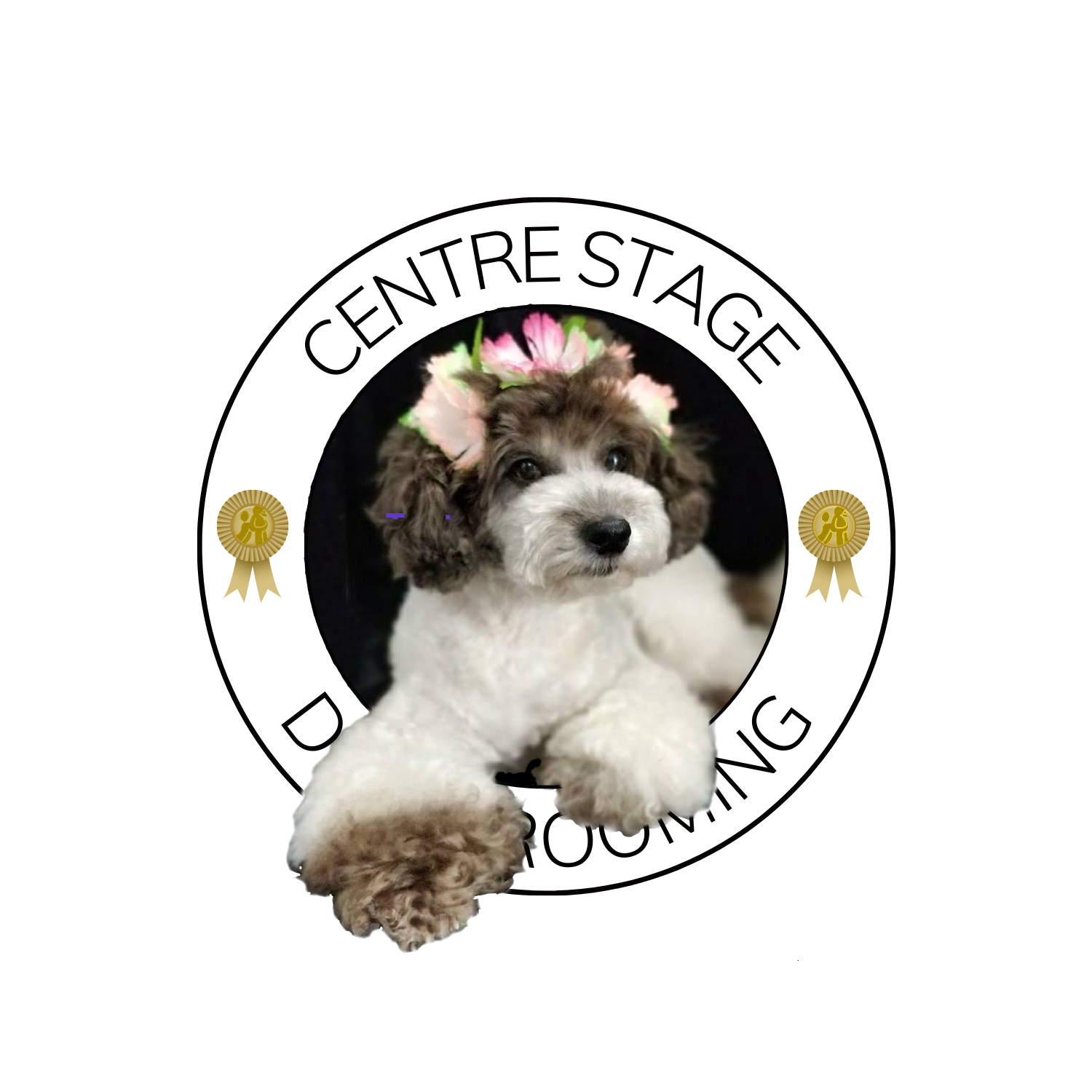Firstly, may I please de-bunk the myth that Fluffy needs a long coat for winter to stay warm?
As yet I haven't got any dogs on my books that live outside. Therefore, every dog owner reading this email has a dog that basks in 65 to 70 degrees of eye-poppingly-expensive central heating for probably 22 hours a day. The remaining two hours are spent charging about in the park after squirrels and balls, throwing themselves gleefully into Virginia Water Lake or screeching round Ascot Race Course generating plenty of natural heat!
The horsey set have had this sussed for years. Animals that are subjected to strenuous exercise outside cope much better when clipped, so that they dry off faster and don't get chilled.
Your dog is at greatest risk of chilling when it gets back into your (now cold) car, having got soaked and muddy on a walk. Even if you towel dry your dog at the end of the walk, before putting it into the car, it'll still be damp - and the longer the coat is, the longer its going to take to dry.
Longer coats require more grooming if they're not to matt up. And as we all know, matts behind the ears, in the armpits, groin or between the pads are as painful for your dog as you getting your pubes caught in a zip.
May I suggest therefore, if you are worried about Fluffy getting cold when out, that you buy a coat instead? The "T" shaped coats that slip over the head and continue down through the front legs covering the tummy too are excellent.
Finally:
Remember that most dogs shed twice a year. The shortening days are noted by the pituitary gland which in turn sends out signals for the dog to shed its present coat and grow in a thicker, more luxurious version for the winter. In the spring, as the days get longer, the same gland will sense this and send signals to shed the winter coat and grow in a summer one. In climates where the days and nights are always an equal length this doesn't happen - so if you want to have a non-shedding labrador or collie, I'm afraid you'll have to move to the equator!The coat is only as good as the ingredients its made of so beware cheap dog-food that promises the earth and delivers nothing. If the new coat is to be super glossy, thick and shiny it needs decent nutritional building blocks to start with. Look for a diet that provides real meat in the first 3 ingredients (not meat derivatives) and remember that wet food is easier to digest than dry but raw food is best of all.
